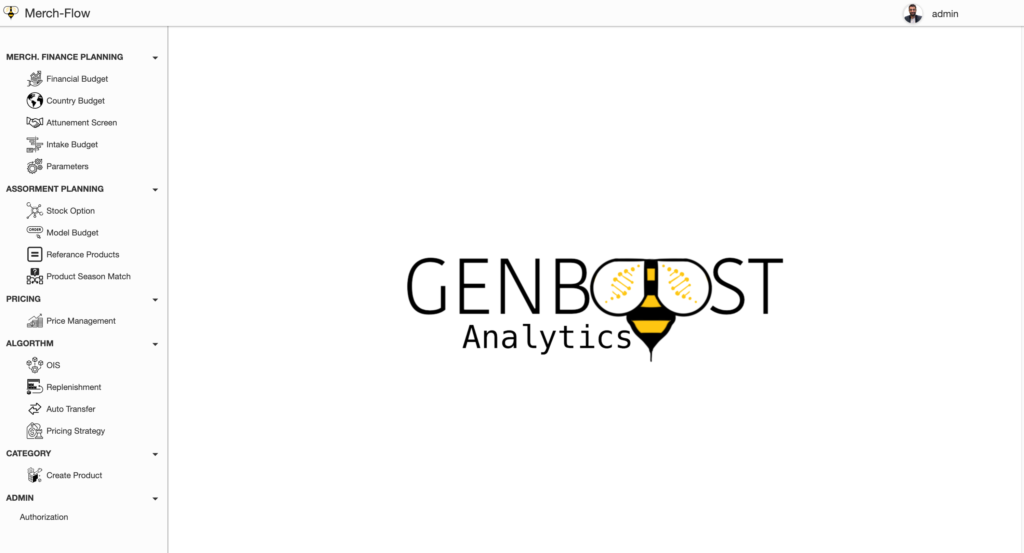Merch Flow Pricing and Campaign Module

Merch-Flow’s Pricing and Campaign Module empowers retailers to dynamically manage pricing strategies and promotional campaigns with precision and agility. Tailored to meet the demands of a competitive market, this module provides tools to optimize pricing and maximize campaign effectiveness based on real-time data analysis.
Other Solutions